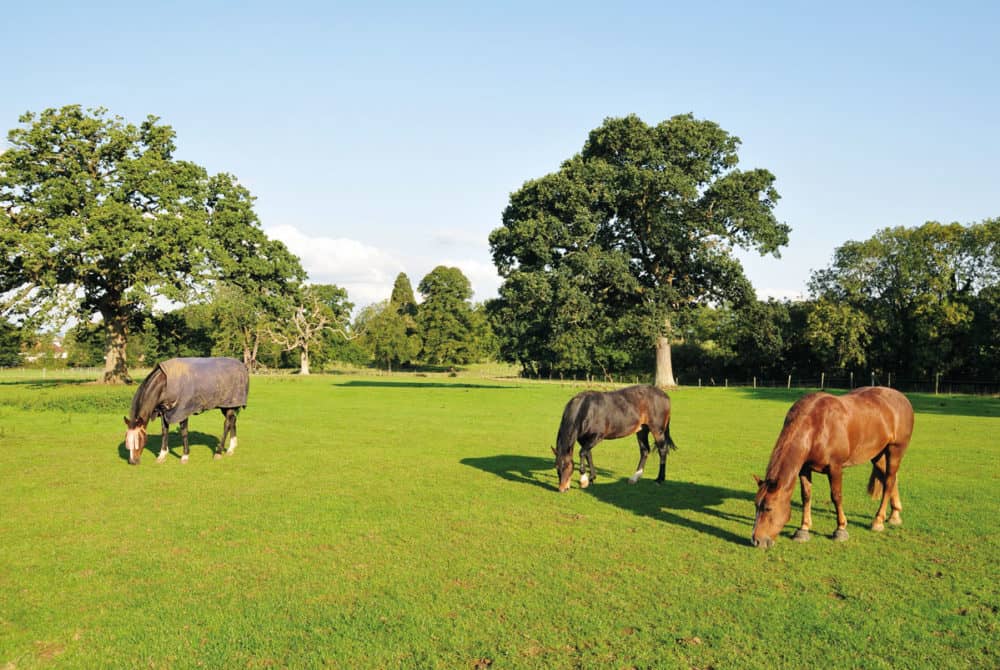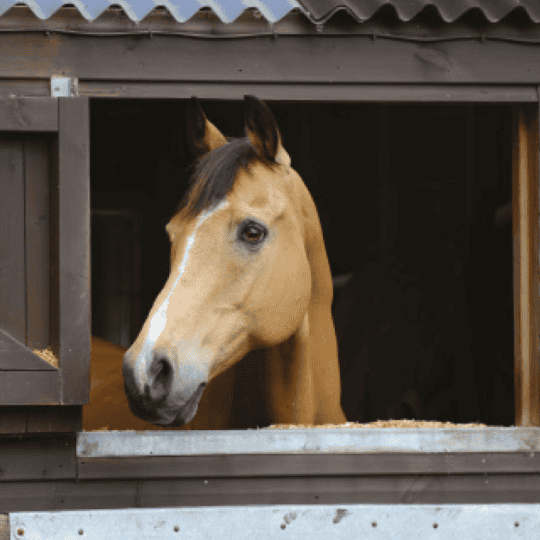Poisonous plants
Posted 21st June 2021
Identifying poisonous plants and knowing how they could adversely affect your horse is an essential aspect of keeping him healthy this summer, as vet Euan Hammersley explains

With summer on its way, lots of the UK’s equine population will enjoy longer stints in the sunshine, making the most of the spring grass growth. We all know that careful paddock management, such as topping, harrowing and poo-picking, contributes to a healthier, happier horse, but how much time do you devote to managing any poisonous plants that crop up in his field?
Horses usually avoid poisonous plants, but if there’s a shortage of grass in their field, they may turn to these dangerous fauna to keep them full. This makes correct field management extra important, as it’s all too easy to miss an errant weed on your daily checks, however diligent you are. While prevention is certainly better than cure, it’s important to be aware of the signs and symptoms of poisoning, as leaving your horse untreated could prove fatal.
Did you know?
Poisonous plants can also be found in conserved forages, such as hay or haylage.
Ragwort
The most common poisonous plant affecting horses in the UK, ragwort’s recognisable by its large, flat-topped clusters of yellow daisy-like flowers seen between July and October. It grows vertically to around 90cm and is most commonly found on waste land, railway embankments and in areas of unmanaged pasture. The tall nature of the plant allows its seeds to be blown onto neighbouring fields, meaning it spreads quickly and easily.
Horses normally avoid eating ragwort due to its bitter flavour, however it’s much more palatable when it’s dried in hay. Once eaten, ragwort will attack the horse’s liver and cause severe illness.
Sycamore
With a lifespan of 400 years, sycamore trees are commonly found on the edge of paddocks with their distinctive five-lobe leaves. The hypoglycin A toxin is found in the distinctive winged fruits, known as samaras, that fall in the autumn and lie there until they germinate in the spring. There are approximately 25 different species of sycamore trees found in the UK, but not all carry the toxin.
Find out more about poisonous plants, their symptoms and treatment in August Horse&Rider, on sale 24 June 2021.










